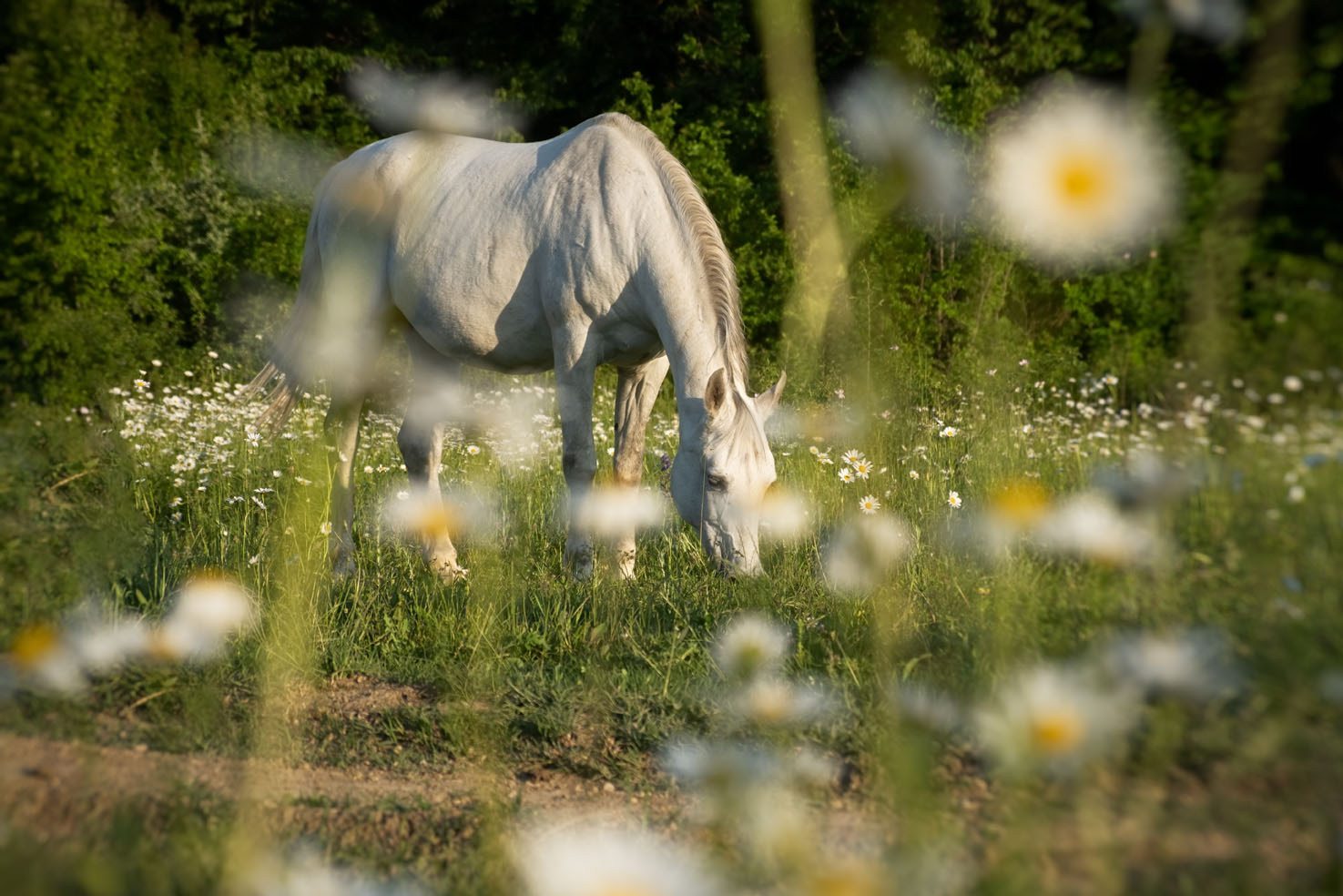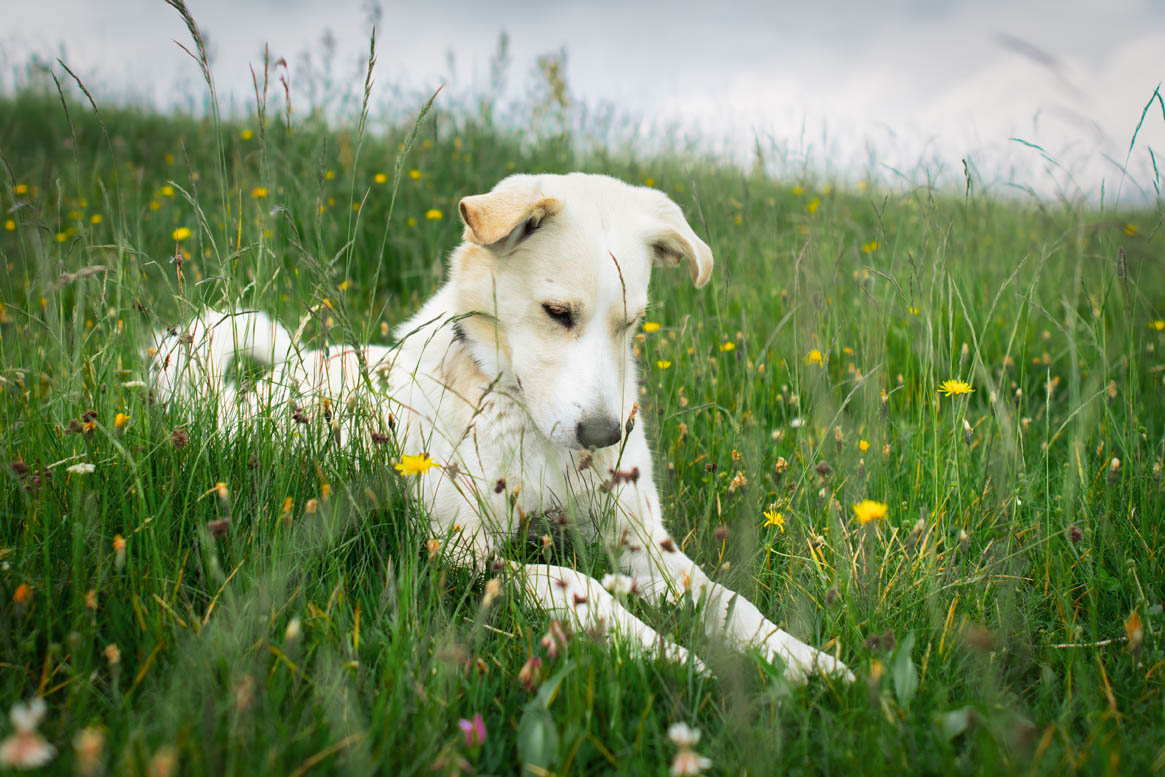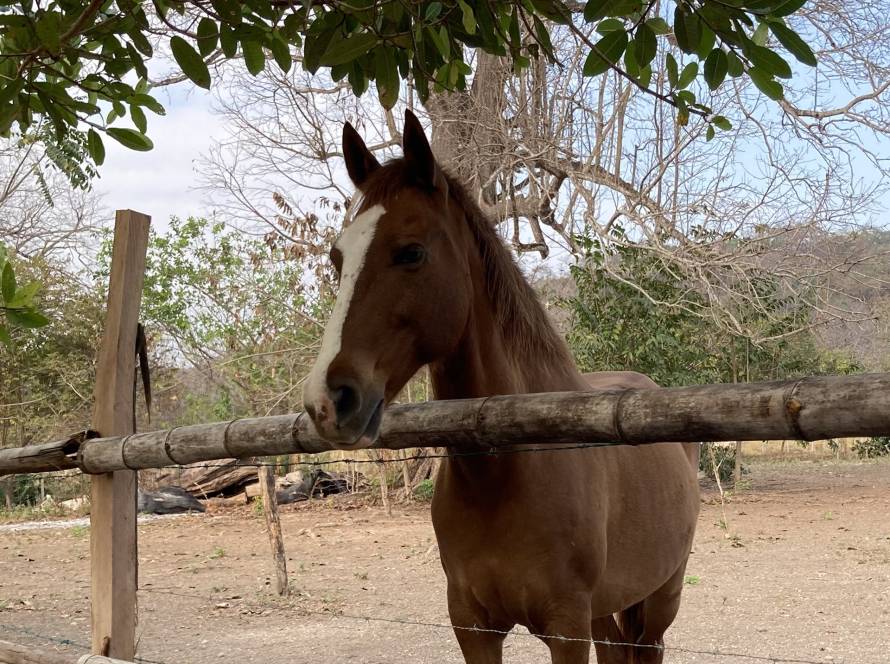The Fascinating Way Animals Heal Themselves
Zoopharmacognosy (pronounced zoo-oh-farma-cog-no-see) literally means ‘animal drug knowledge’ and refers to the study of how animals instinctively seek out and use natural remedies when they’re unwell.
Many dog owners have witnessed their dog eating grass from time to time and this serves as an excellent introduction to animal self-medication. Far from being random or quirky – grass eating is often adopted by dogs who either want to supplement their diet with nutrients when needed, help the dog to induce vomiting to purge indigestible matter, or help cleanse their digestive and parasitic tract.
Across species, animals have been observed in the wild using highly specific substances in ways that appear far from random:
- Chimpanzees have been seen selecting and chewing bitter leaves from plants like Vernonia amygdalina, which contain compounds known to kill intestinal parasites.
- Elephants will dig for mineral-rich clays or salt to help neutralise toxins ingested through their varied diet.
- Parrots consume kaolin-rich soils that bind to toxic alkaloids found in some of the seeds they eat.
- Monarch butterflies, when infected with parasites, lay their eggs on particular species of milkweed high in anti-parasitic compounds, providing protection for their offspring.
- Caterpillars have been shown to selectively eat certain leaves depending on the type of parasite infecting them.
These are not accidental behaviours—they are highly targeted and have been documented in numerous ecological and behavioural studies. And while most examples come from wild animals, domestic animals—particularly dogs, cats, and horses—retain many of the same instincts. When given access to the right natural options, they often demonstrate a clear ability to choose what supports their own healing process.

How Do They Know What to Pick?
This is perhaps the most fascinating aspect of zoopharmacognosy: the precision with which animals seem to select remedies.
A leading explanation is the Sensory Modulation Theory, which suggests that an animal’s perception of taste and smell shifts depending on its internal health. For example:
- A dog fighting a bacterial infection might find the scent of garlic or thyme especially appealing.
- A dog in pain may become drawn to anti-inflammatory or analgesic compounds like those found in yarrow or wintergreen.
- Once the issue is resolved, those same substances may become neutral or even off-putting again.
This shift is thought to be triggered by chemical signals in the body—like hormones or immune responses—that interact with the animal’s olfactory and gustatory systems, making beneficial remedies more attractive.
In other words, animals aren’t guessing. They’re biologically wired to know—an evolutionary adaptation millions of years in the making.
 So How Do We Bring This Wisdom Into Our Homes?:
So How Do We Bring This Wisdom Into Our Homes?:
Applied Zoopharmacognosy is a structured practice that allows domestic animals—especially pets like dogs, cats and horses—to self-select from a carefully curated range of natural remedies, such as; Essential oils, dried herbs or flowers, herbal powders and hydrosols (gentle aromatic water extracts)
Before a session begins, the practitioner gathers detailed information about the animal’s:
- Physical symptoms or diagnosed conditions
- Emotional or behavioural patterns
- History of trauma, stress, or lifestyle factors
This information is used to narrow down a targeted selection of remedies, rather than offering every option at once. Remedies are grouped based on their potential benefit, and presented gradually.
Final Thoughts…
Zoopharmacognosy reminds us that animals are deeply attuned to their bodies and to nature’s pharmacy. Long before humans created medicine, animals were already selecting and using plants to heal themselves and their young. When we offer our pets the space—and the right tools—to reconnect with that instinct, we open the door to a more respectful, empowering, and collaborative approach to animal wellbeing. This is not about replacing veterinary care but enriching it—honouring the animal’s voice in their own healing process.
I would like to credit the work and teachings of Caroline Ingraham for her valuable insight on this topic.



